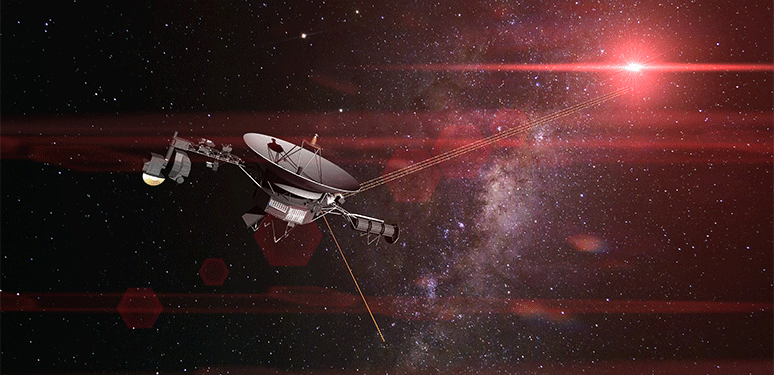The 50th anniversary of the Apollo 11 moon landing has Americans all over the country in celebratory mode as people everywhere honor humankind’s achievement through various events, gatherings, and TV specials. Years prior to the internet and digital era, that same voyage that brought fame to the names Neil Armstrong and Buzz Aldrin also gave the nation a taste of the amazing and innovative things to come as the U.S. space program’s incredible technology paved the way towards a future where almost anything seemed possible. In fact, the cable industry’s ability to connect millions of homes and deliver the ultra-fast speeds that Americans in urban and rural areas alike enjoy today can in part be tied back to technology that was used aboard two of NASA’s space probes. Voyagers 1 and 2, which came after the Apollo 11 mission, are still in service today.
Reducing Interference Near and Far
The technology, called Reed-Solomon Codes or RS codes, corrects errors caused by electrical interference during data transmissions. That provides more stability and consistency at the receiving end. This code is also found in DOCSIS—the technology that makes cable broadband work. In short, DOCSIS, developed by CableLabs, enables cable networks to deliver data to a consumer’s home, and it is responsible for reducing network delays due to congestion while also improving cable modem energy efficiency.
On space missions, where radio signals carrying images back to Earth can degrade because of the vast distances, RS Codes helped the Voyager probes beam back stunning color photos of Uranus and Neptune, more than two billion miles from Earth. In a cable system, RS Codes make for more robust and resilient signals despite the hundreds of miles the data must travel to reach a consumer.
High-Speed Connections
The cable industry’s latest DOCSIS 3.1 iteration means that consumers now can reap the benefits of the fastest internet speeds. The technology has been critical to supporting the connectivity needs of today, such as virtual reality, augmented reality, and competitive online gaming, all of which require super internet speeds and robust network capacity. Networks today enabled by DOCSIS 3.1 are capable of reaching up to 10 Gbps.
So as the industry prepares to move forward into the 10G era and completely transform the media and entertainment landscape once again, let’s not forget to salute the U.S. space program and the myriad of opportunities that its technology and pioneering spirit have unleashed.








